Now I expect most of you, just like me, are awaiting the arrival of spring with eager anticipation! I must say, I haven’t fished a lot this winter passed, so I’m looking forward to making up for it during the coming months, but with such a hectic lifestyle these days, I’m not counting my chickens. After all, you know what they say about the best laid plans of mice and men!
So what are the key areas we look for to give us the best chance when the fish start to wake up following their dormant state? Location? Bait? Rigs? A combination of all? Well let’s take a brief look.
Without a shadow of a doubt, the number one rule in all aspects of successful carp fishing. “First find your fish” or at the very least, work out where you would expect them to be. We can talk about good baits and rigs all day long, but none of them are any good unless they are put in front of the fish!
In my experience, the biggest single factor that triggers fish activity during the early part of spring (late Feb until late March) is undoubtedly that big yellow object in the sky – the sun. I can hear some of you saying “what about water temperatures and winds?”. Both have an influence I agree, but sun and temperatures are linked to a degree anyway, and whilst winds play a role, they tend to come into effect more so in mid to late spring when fly hatches become more consistent. But during the early part of spring, the sun is the big ‘player’.
They just love the sun, and although this will often bring them into the upper layers, it will also get them more active, resulting in them moving around a lot more. Often leaping and crashing out as they try to rid themselves of parasites. This of course results in the fish using energy, and the more energy they use up, the more their metabolic demand will need to be replenished. So in short, it won’t be long before they need FOOD. What a lovely thought!
I recently capitalised on the ‘sun factor’ when in late February the weatherman predicted a warm sunny day with clear skies. I just knew they would be active and I wasn’t wrong. I chose the sunniest area of the lake, which was also sheltered from the prevailing wind. It just screamed carp and was noticeably a few degrees warmer than anywhere else on the lake. A small tell-tale set of bubbles popped up to the surface and that was enough to confirm my thoughts.
Not wanting to disturb the fish, but wanting to give them something to search for, I cut up a dozen boilies into small chops and gingerly catapulted two chops at a time over the area, until I’d used up about a dozen boilies. A balanced dumbbell hookbait to match the freebies was mounted ‘blow-back’ style to a size 8 Covert Mugga hook, which in turn was attached to an 8” length of 15lb Disruption hooklink in mud brown, with a 3ft length of Camflex lead-free leader. A small 1.5oz lead was attached to the Covert lead clip to minimise disturbance. The whole lot was then immersed in Salami-Stim glug for a few moments whilst I surveyed the water again. Another small patch of bubbles confirmed that my freebies hadn’t disturbed whatever it was ‘rooting’ around. A quick shake and drip dry of the rig and it was carefully placed into position, making sure I ‘trapped’ the lead as it hit the surface to minimise disturbance. Just 30-mins later I was cradling a pristine conditioned 42lb 5oz mirror! A classic example of taking advantage of a specific weather condition, in this case the warming effects of the sun and how it can trigger carp to feed. Perhaps the most surprising aspect of that little anecdote was the fact that the weatherman actually got it right!
So just to recap, look out for those sunny days, look at the more sheltered areas of the lake, particularly those receiving the most sun (west bank in the morning and east bank in the afternoon). As spring settles in a little more (April onwards) keep your eye on seagulls feeding on the wing, as well as what the other water birds are up to. Lots of surface feeding activity will tell you that a fly hatch could be taking place. By now the carp will be more active than they were in March and would have expended more energy that they will need to replace and use for the ‘growing’ season. They are now far more likely to follow the winds and it will be here that your next success is likely to come about.
I like to keep my rigs simple most of the time with hook points nice and sharp, which should go without saying really. I’m a big ‘Mugga’ fan for bottom bait presentations and I find the pattern of the Gardner Chod hooks perfect for all pop-up style presentations. Don’t forget, the fish will be waking up from their winter slumber and not quite as ‘riggy’ as a few months down the line. Now that’s not to say we need to take anything for granted, but I’ve never been overly concerned about all the tiny ‘tweaks’ at this time of the year. If fishing ‘zigs’ just keep experimenting at different depths until you find that ‘magic’ level, but don’t be a sheep and assume all the fish will be in the upper layers. They will be dropping down for a feed more often than you might think and those who realise this first will usually capitalise in a big way. So first find the fish, give them a good bait (less is more until it warms up a little more) and just concentrate on your presentation. Follow those few steps and you won’t go far wrong. Be luck and keep it GT :-)


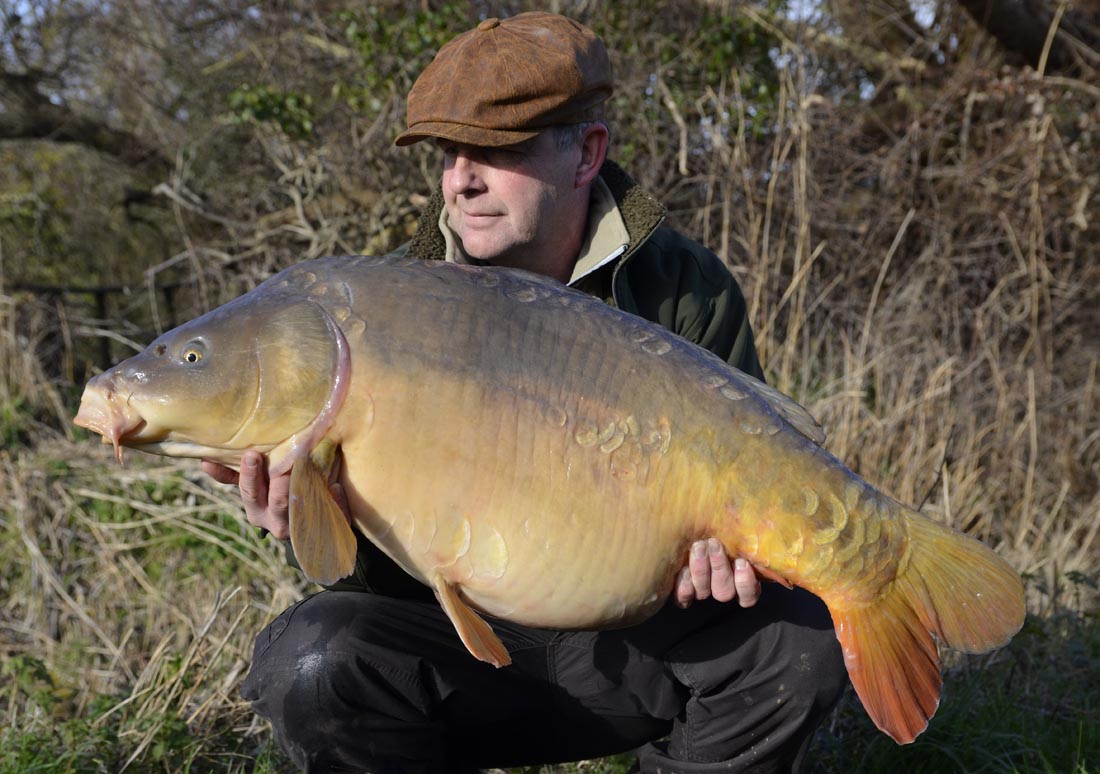
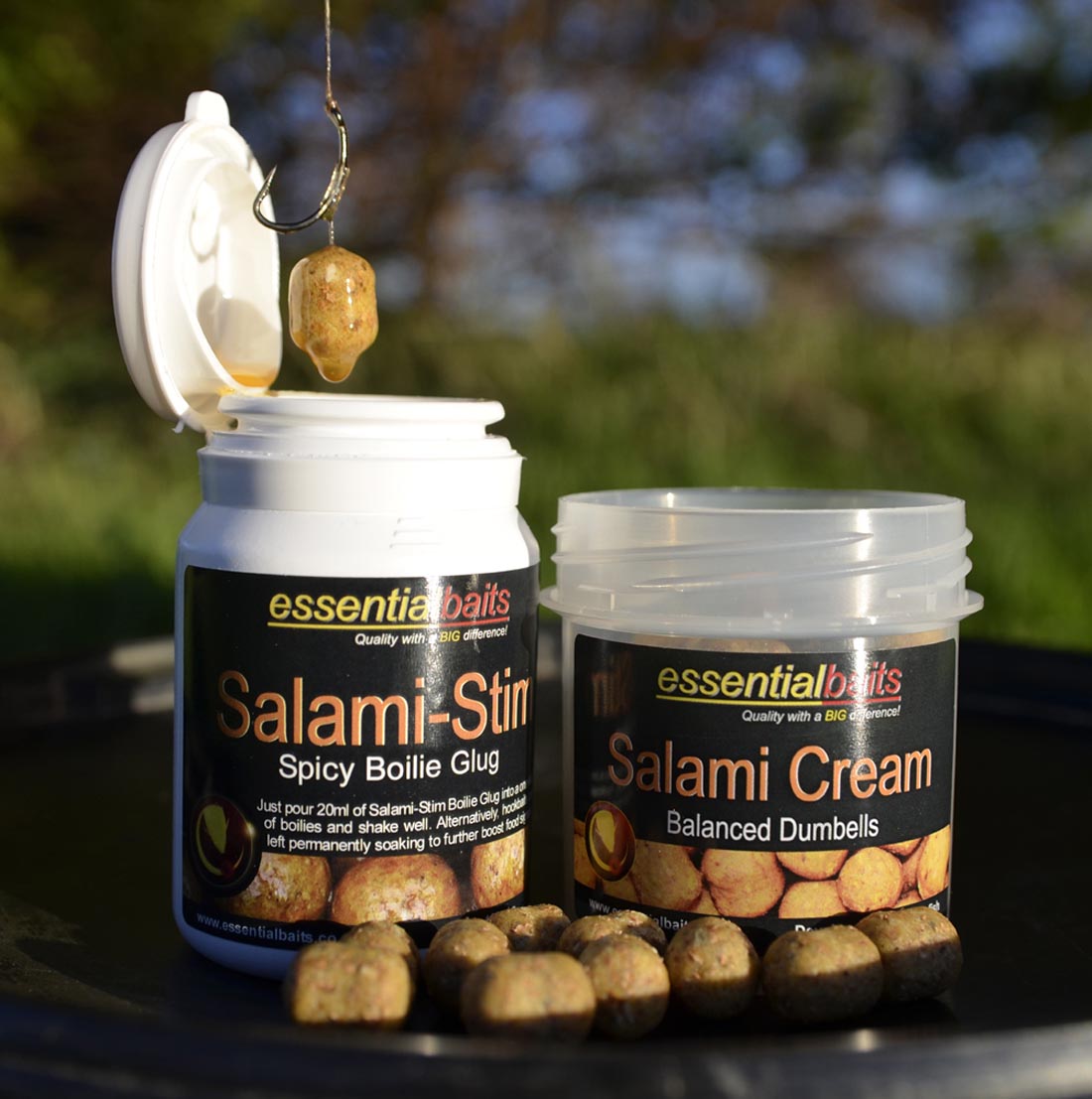
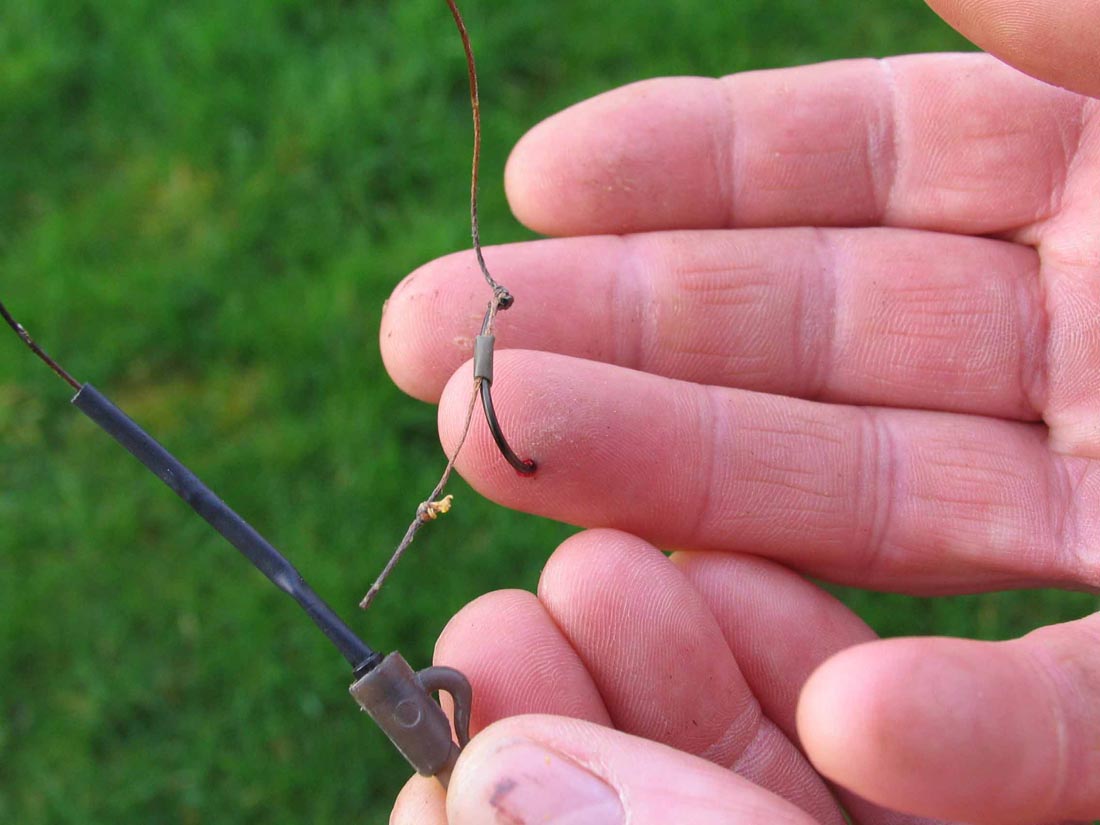
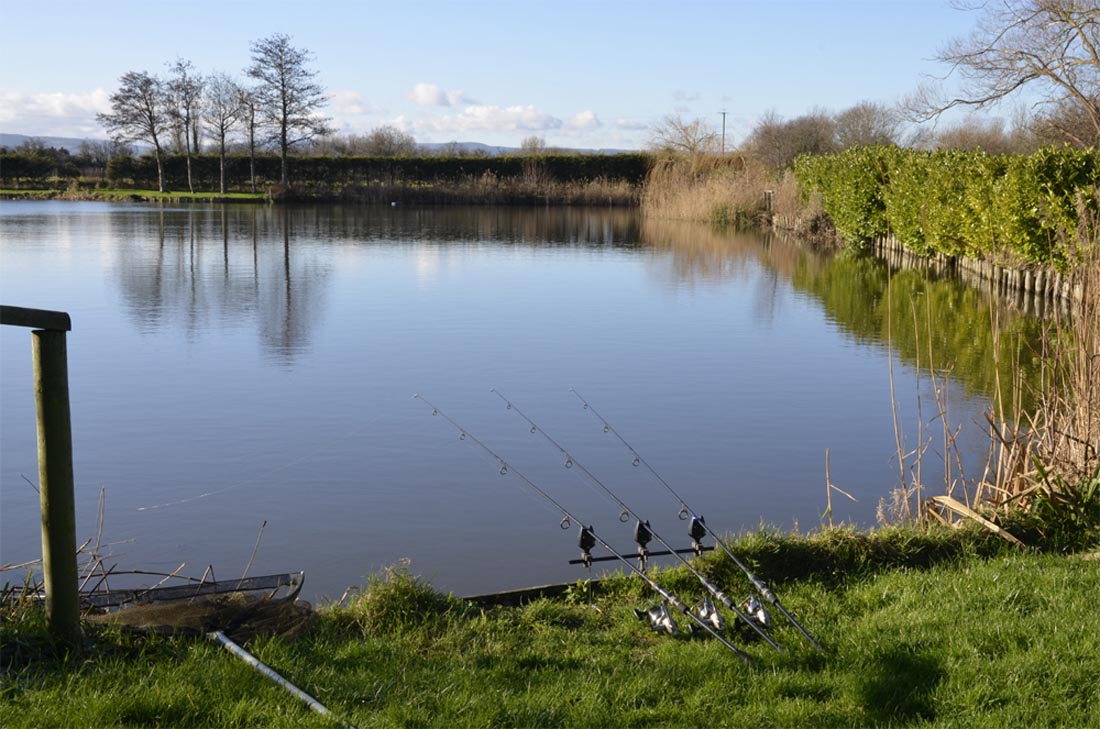
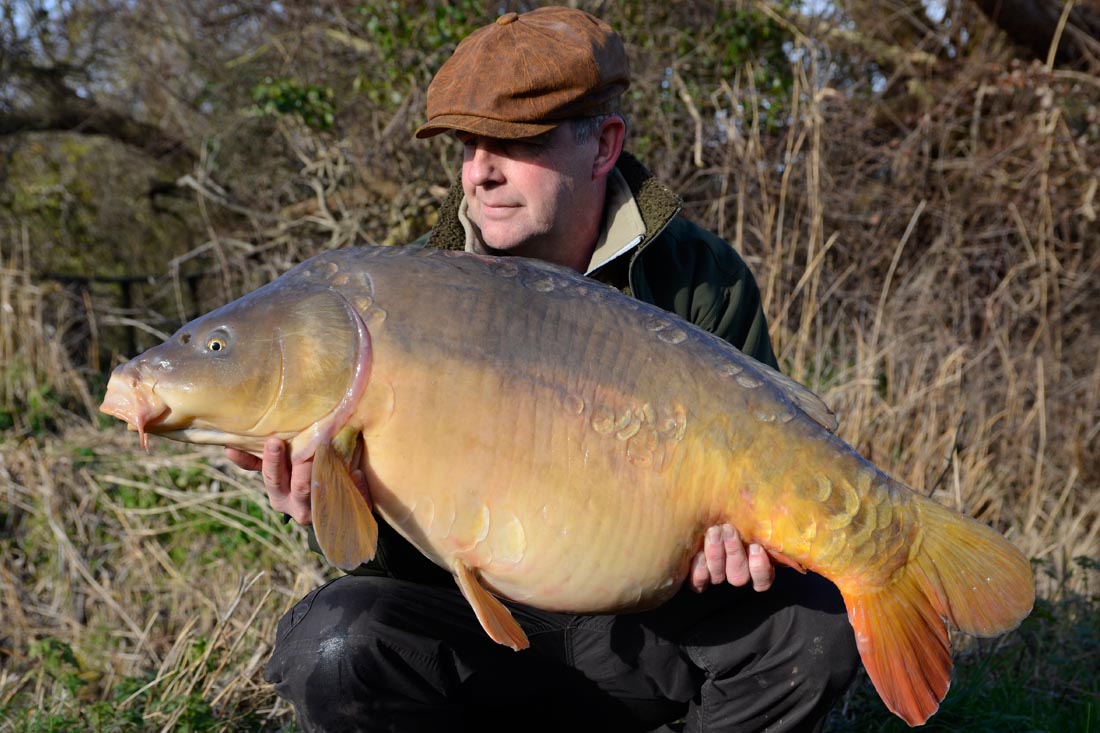
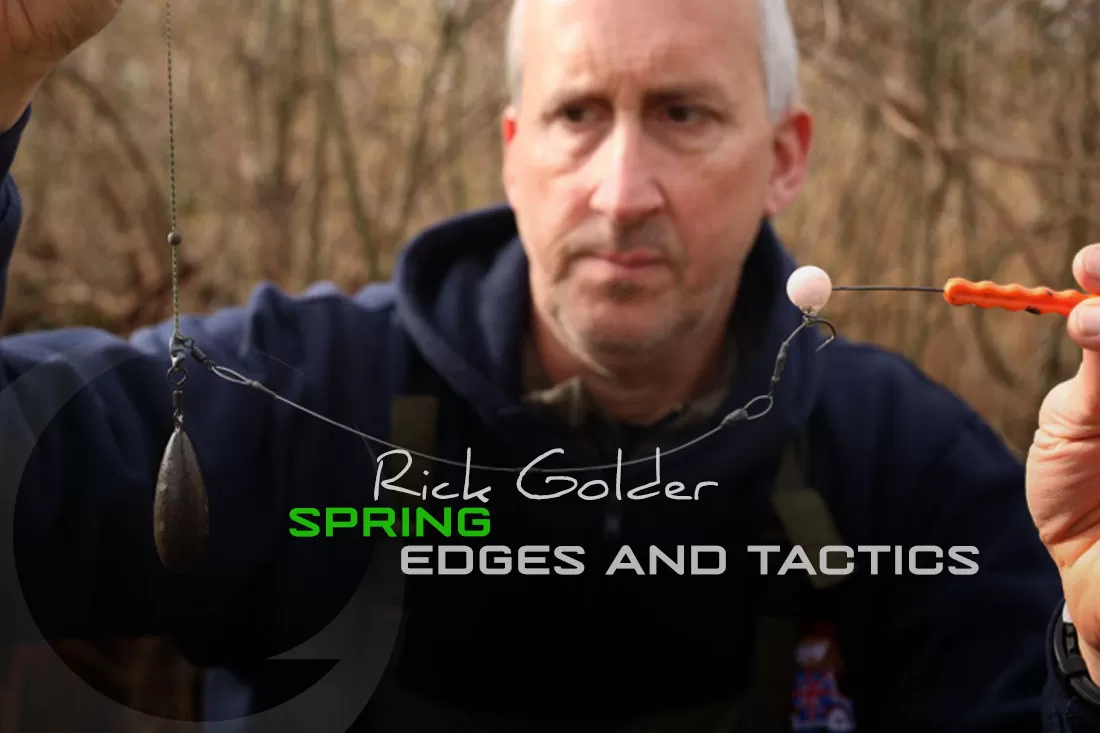
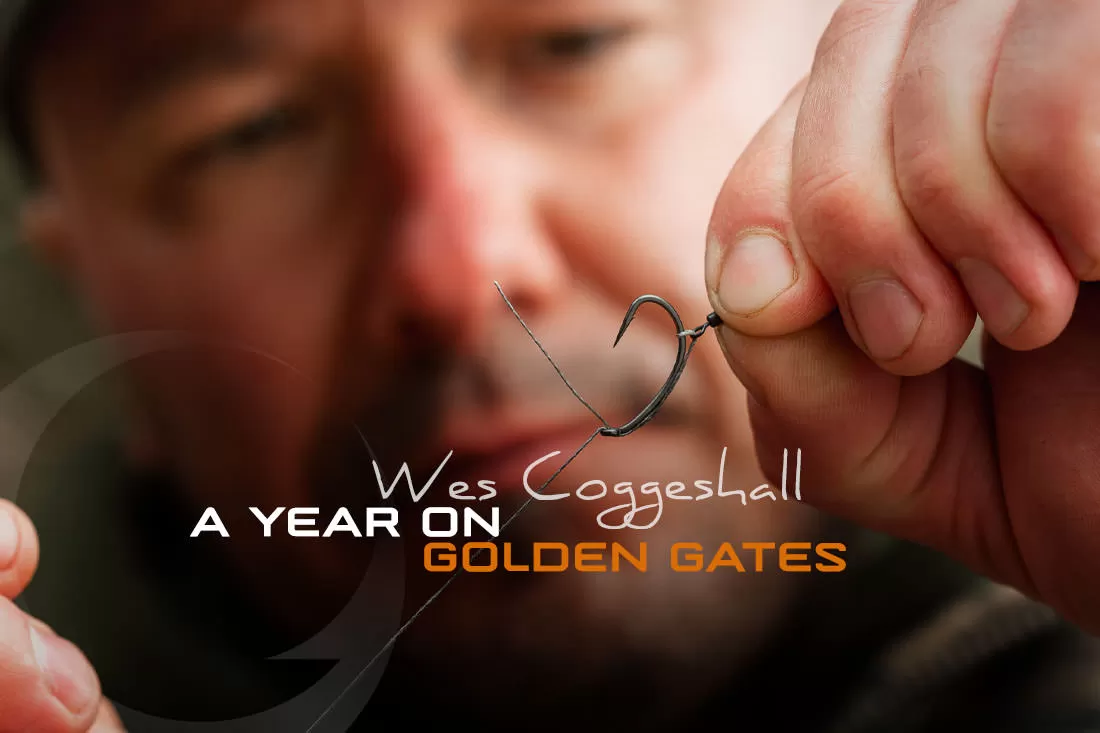
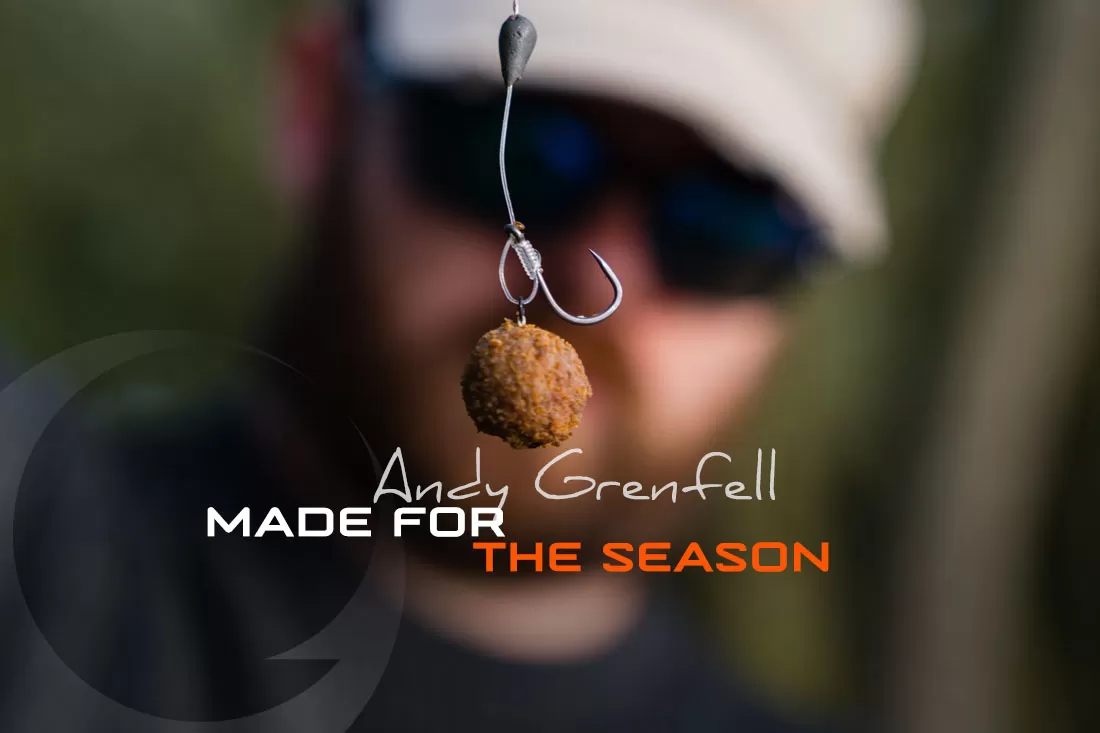
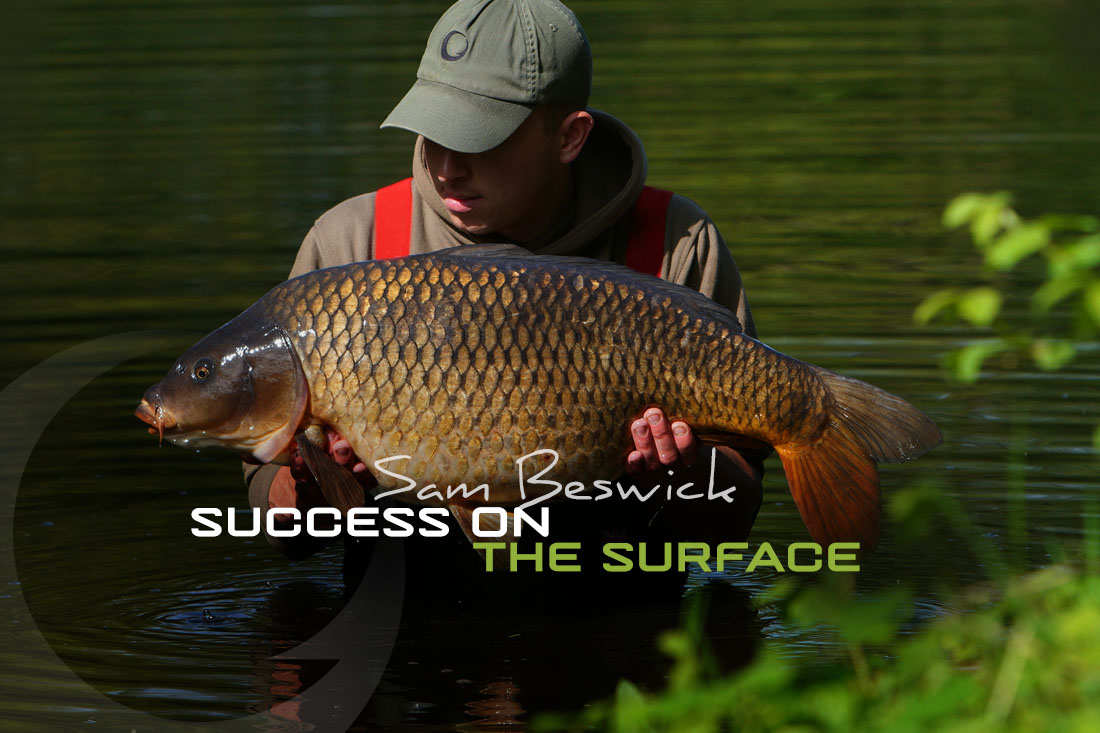
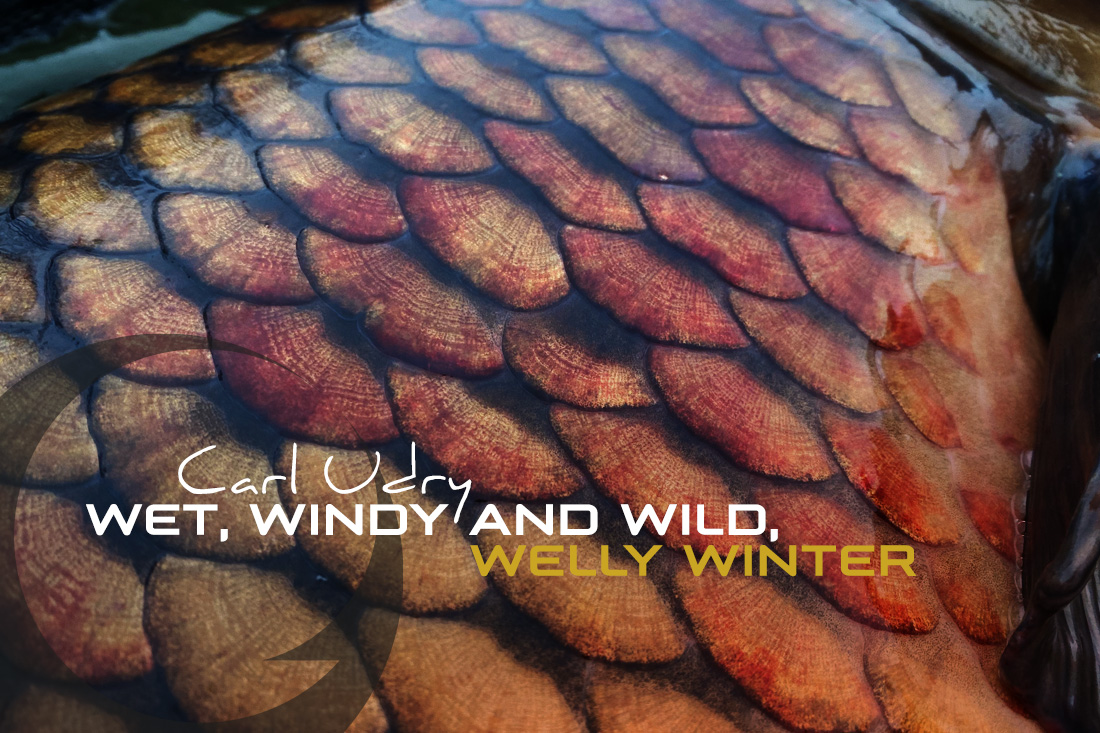

Leave A Comment